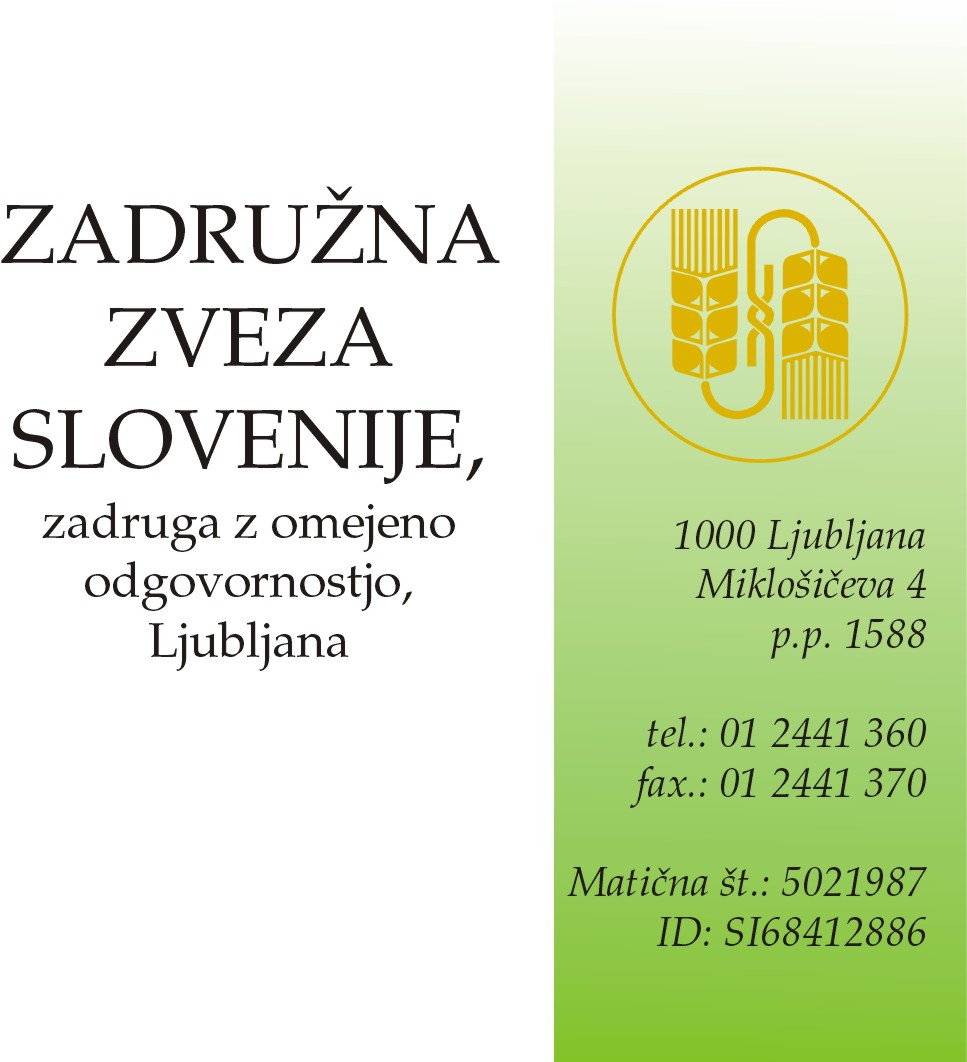risk of disclosure – cancelled elective operations coverage this paper assesses confidentiality and data disclosure issues of the prov
Risk of Disclosure – Cancelled Elective Operations
Coverage
This paper assesses confidentiality and data disclosure issues of the
provider based Cancelled Elective Operations collection.
Background
1.
Statisticians have a professional duty to protect the
confidentiality of individual level data obtained to produce
statistics. The Code of Practice for Official Statistics sets this
out in Principle 5: “Private information about individual persons
(including bodies corporate) compiled in the production of
official statistics is confidential and should be used for
statistical purposes only”. The Code of Practice also states
arrangements for confidentiality protection should be sufficient
to protect privacy but not so restrictive as to limit unduly the
practical utility of statistics. The main legal instruments
governing this balance are the Data Protection Act, which places
obligations on organisations to protect personal information and
the Freedom of Information Act, which creates a public right of
access to information.
2.
The design of a statistic should meet the obligation to protect
against disclosure, but should then be optimised to include as
much detail in the statistic as reasonably possible, to fully meet
the needs of the users.
3.
There is a need to assess whether this data is potentially
disclosive.
Guidance from ONS – the structure of this assessment
4.
Guidance from ONS1 on confidentiality sets out guidelines for any
assessment of disclosure risk. It stops short of setting out hard
and fast rules, but is clear on the need to protect patient
confidentiality while at the same time maximising public access to
official data. This guidance summarises the six main steps for
ensuring access to non-disclosive statistics as shown in Figure 1.
Figure 1: Main steps for ensuring access to non-disclosive statistics
Step 1 – Determining users’ requirements
5.
The requirements for this data were set out in “Cancelled
Operations Guidance” published in July 2011. This document
includes the standard in which the collection was created to
monitor.
6.
A collection was established using UNIFY2, to collect this data on
a quarterly basis from all English providers.
7.
The current collection allows members of the public and those
working within the system to have access to up-to-date
information. This leads to an implied need to publish data subject
to any confidentiality constraints in a timely way.
8.
Cancelled Elective Operations (QMCO) data is published to give
patients an insight into the performance of their local trust, and
allows them to compare against all other trusts in England. The
areas covered in QMCO include:
*
Number of last minute elective operations cancelled for non
clinical reasons
*
Number of patients not treated within 28 days of last minute
elective cancellation
9.
There is converse public interest in ensuring that information
about the experience of individuals is safeguarded in an
appropriate way. A balance must be struck between measures to
protect confidentiality and the public good arising from
publication.
Step 2 – The characteristics of the data
10.
This is an aggregated data source. The data is submitted by
providers based on patient level information that is taken from an
administrative data source within the trust.
11.
There is a process of data cleaning and validation within the
collection system. This allows for periodic revisions, twice a
year, should Trusts identify that they have more accurate data
once the data have been published. Prior to the publication, the
central data team undertakes some basic checks to identify if data
is significantly out of step with other trusts and previous
submissions.
12.
The majority of the data collection does not present a risk of
disclosure, but depending on trust size and performance, all
indicators could potentially return small numbers.
Step 3 – Evidence of risk of disclosure
13.
Publication of any detailed data may increase risks of disclosure
of information relating to an individual patient. It is important
to note that these data do not include any personal identifiers,
so it is not possible to identify patients directly from the
published data. Instead the categories of disclosure risk
(situations in which disclosure might arise) are as follows:
*
Self-identification risk: When a patient recalls their
circumstances during the time-period of the data collection and
can recognise, from the context, which data refers to them. This
would only likely cause distress within smaller counts.
*
Motivated intruder risk: Where there are reasons for a third
party to seek further information about cases of a patient, for
example where a ‘celebrity’ case arises or where cases in a
particular organisation happen with a newsworthy frequency or
pattern. This type of risk can be broken down further into two
types:
a.
Identity disclosure: Where a third party is able to determine
who the data relates to using the data itself and other
information available to that third party.
b.
Attribute disclosure: Where a third party is able to infer
additional information about an individual.
It can be concluded that there is no risk of identity disclosure, as
the possible population size of the collection is large and the
collection does not contain any personal identifiers. Instead, the
paper shall be focusing on the motivated intruder risk in regards to
attribute disclosure.
Self Identification risk
14.
There may be circumstances where a patient can self-identify.
Current published tables can contain small numbers. This is not in
itself a reason for suppressing data. An appropriate test is
defined by the Data Protection Act 1998, which requires the matter
to be considered (although it does not directly require all
self-identification to be avoided). There is a need to confirm
that the published data would not cause, or be likely to cause,
unwarranted and substantial damage or distress.
15.
The collection is related to performance data therefore
self-identification is likely; it only requires recognition of
hospital experiences during the time-period.
16.
It is highly unlikely that distress would be caused by
self-identification unless some sort of negative emotion is evoked
from recognising the patient had their operation cancelled.
17.
The patient would recognise that only someone who already knew
about any of their scheduled operations, whether the operation
went ahead and the location of the operation would be able to
identify them, and therefore no additional information is
revealed.
18.
If someone had access to PAS2 or HES3 data then identification
could be possible, but both these data sources are subject to
their own security and rules concerning confidentiality.
19.
The broad conclusion is that there may be a risk of
self-identification; however, the consequences of this are highly
unlikely to cause damage or distress to the individual patient.
There is therefore no need to suppress any small numbers to avoid
self-identification.
20.
Thus it can be concluded that whilst some self-identification may
be possible, it is highly unlikely to cause any damager or
distress to any individual.
Motivated intruder risk
21.
The risks of being identified by a third party are similar to
those arising from self identification, expect in the following
aspects:
*
The third party may not have access to information that the
individual is aware of (regarding themselves), so in some areas
risk is reduced.
*
However, it may be a breach of confidentiality if a third party
can deduce anything about the individual.
*
We need to consider carefully the extent to which a third party
might become a motivated intruder, with an incentive to explore
the data and deduce information about the individual.
22.
The published data does not contain any personal identifiers. The
additional risk that publishing small numbers allows a motivated
intruder to deduce information about an individual is next
considered.
23.
The incentive, and consequently the risk, may be higher when
celebrities are known to have attended hospital during the
quarter. There may also be scenarios where someone would seek
information about a friend or relative.
24.
For example, during one quarter assume that only one operation was
cancelled for a trust. Also, assume that the trust submits one
breach, i.e one operation that was cancelled and not rescheduled
within 28 days. If a third party previously knew that a patient
had their operation cancelled during the quarter, then it is
possible for the third party to infer that the patient didn’t have
their operation rescheduled within 28 days. The patient could only
be personally identified if the third party already knew that the
patient had a scheduled operation during that quarter, and that
only one operation was scheduled.
25.
It is impossible to infer a patient’s identity from the cancelled
operation data alone. Prior knowledge or access to personal
information would be required.
Step 4 – Would disclosure represent a breach of public trust, the law,
or policy for National Statistics?
26.
Previous GSS protocols on confidentiality stated that disclosure
control methods should be judged sufficient when, taking account
of information likely to be available to third parties, it would
take a disproportionate amount of time, effort or expertise for an
intruder to identify a statistical unit to others, or to reveal
information about that person that is not already in the public
domain.
27.
In this collection there is no additional data from which an
individual can be identified. If a third party was able to access
other data sources, such as HES or PAS, to further identify a
patient, these secondary sources would in themselves have to be
full disclosive in their own right in order for an individual to
be identified. As discussed above, HES and PAS have their own
security protocols.
28.
Where patients can identify themselves in the data, there is a
risk that the patient could view this as disclosive. As discussed
above, this self-identification risk is not a substantial one.
Disclosure would not represent a breach of public interest.
Conclusion
29.
The risk of disclosure and/or harm or distress to data subjects is
minimal. It is not possible to infer some other fact about the
patient’s condition or treatment using this data set alone, nor in
conjunction with information likely to be available to third
parties.
30.
It is possible that some patients will be able to identify
themselves, but there have been no instances of public disquiet
about this and risk of harm from self-identification is very low.
31.
For this reason, Cancelled Elective Operations should be
considered minimal risk.
1 GSS/GSR Disclosure Control policy for tables produced from
administrative data sources (the document is available at the
following link:
http://www.ons.gov.uk/ons/guide-method/best-practice/disclosure-control-policy-for-tables/index.html)
2 A Patient administration system (PAS) is core component of a
hospital’s IT infrastructure. It records the patient's demographics
and details all patient contact with the hospital, both outpatient and
inpatient.
3 Hospital Episode Statistics (HES) is a data warehouse containing
details of all admissions to NHS hospitals in England. More
information is available here:
http://www.hesonline.nhs.uk/Ease/servlet/ContentServer?siteID=1937
 ESTRUCTURA Y FUNCION DEL CUERPO HUMANO MARCO REFERENCIAL EL
ESTRUCTURA Y FUNCION DEL CUERPO HUMANO MARCO REFERENCIAL EL SISTEMA DE ADQUISICIÓN DE DATOS INTRODUCCIÓN EL PROYECTO DE
SISTEMA DE ADQUISICIÓN DE DATOS INTRODUCCIÓN EL PROYECTO DE PLAN GOSPODARENJA OTPADOM OPĆINE GOLA ZA RAZDOBLJE OD 2010
PLAN GOSPODARENJA OTPADOM OPĆINE GOLA ZA RAZDOBLJE OD 2010 ŠTEVILKA 78 DATUM 522010 SPOROČILO ZA OBJAVO – ZADRUŽNO
ŠTEVILKA 78 DATUM 522010 SPOROČILO ZA OBJAVO – ZADRUŽNO KUALITAS PELAYANAN PUSKESMAS DI KOTA MADIUN LAPORAN PENELITIAN OLEH
KUALITAS PELAYANAN PUSKESMAS DI KOTA MADIUN LAPORAN PENELITIAN OLEH IZVAJALEC LORIS DOO DRAVOGRAD NAROČNIK OBČINA ŠOŠTANJ 2009 REVIZIJSKO
IZVAJALEC LORIS DOO DRAVOGRAD NAROČNIK OBČINA ŠOŠTANJ 2009 REVIZIJSKO ANEXO 1 EMPRESA LISTADO DE TRABAJADORES POSIBLES “CONTACTOS ESTRECHOS”
ANEXO 1 EMPRESA LISTADO DE TRABAJADORES POSIBLES “CONTACTOS ESTRECHOS” JE HODNOCENÍ STUDENTOVA VÝKONU NA PEDAGOGICKÉ PRAXI OBJEKTIVNÍ? VÁCLAV
JE HODNOCENÍ STUDENTOVA VÝKONU NA PEDAGOGICKÉ PRAXI OBJEKTIVNÍ? VÁCLAV INSTITUTO SALVADOREÑO DEL SEGURO SOCIAL DEPARTAMENTO DE CIRUGÍA RESIDENCIA
INSTITUTO SALVADOREÑO DEL SEGURO SOCIAL DEPARTAMENTO DE CIRUGÍA RESIDENCIA 10032022 810405DOC FUNDACIÓN TREFOR TABULACIONES TABULACIONES SON MARCAS QUE
10032022 810405DOC FUNDACIÓN TREFOR TABULACIONES TABULACIONES SON MARCAS QUE